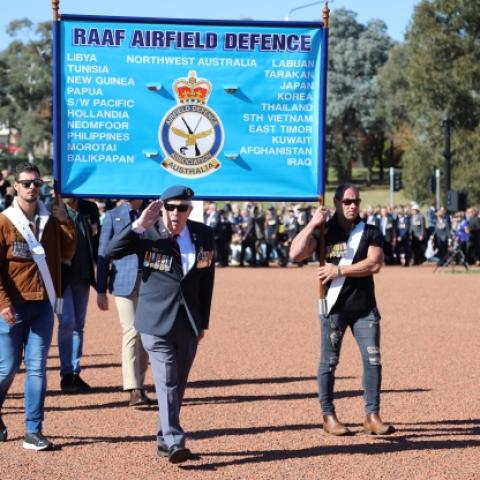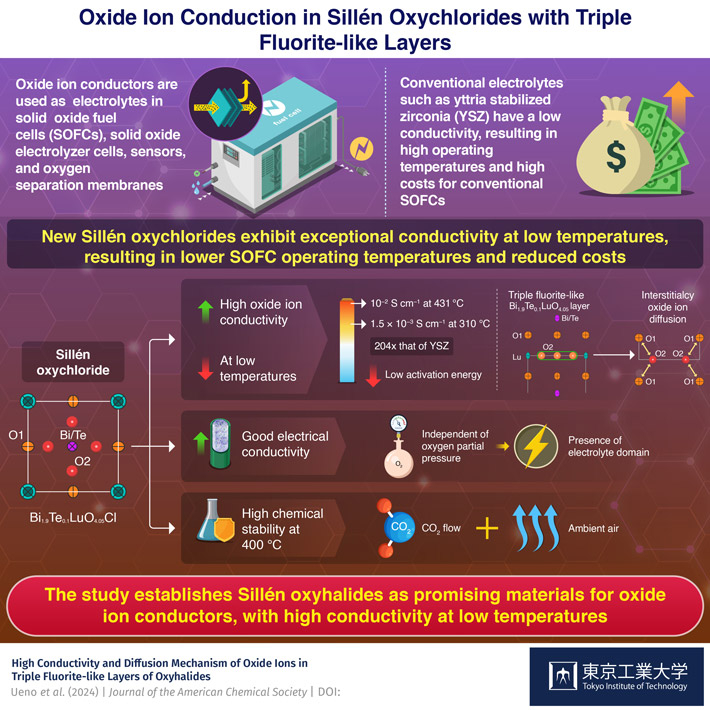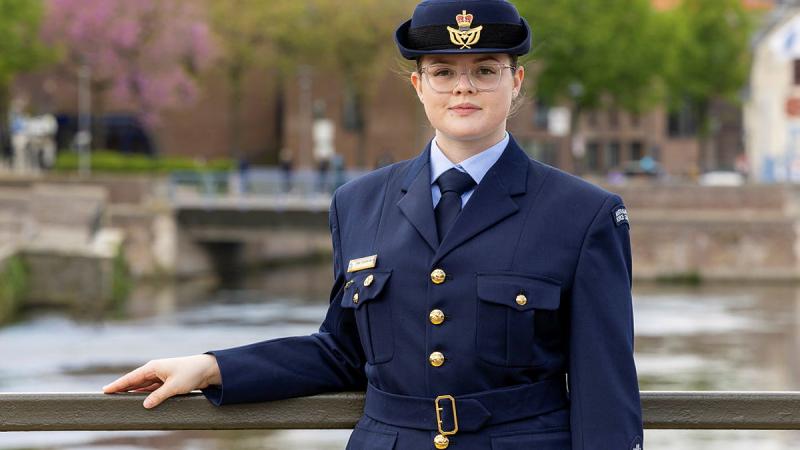
Sea grass provides a range of important functions to the marine ecosystem, including as a food source and habitat for various species, reducing coastal erosion and storing significant amounts of carbon. Credit: Alice Jones.
Twenty hectares of seagrass will be restored in the Gulf St Vincent off Port Gawler, north of Adelaide, as part of a project involving the University of Adelaide and the South Australian Research and Development Institute (SARDI), the research division of the Department of Primary Industries and Regions (PIRSA).
Seagrasses provide a range of important functions to the marine ecosystem, including as a food source and habitat for various species, reducing coastal erosion and storing significant amounts of carbon (known as ‘blue carbon’).
Associate Professor Jason Tanner, who leads the Environmental Assessment and Rehabilitation Sub-program in the Marine Ecosystems Program, in Aquatic Sciences at SARDI, said this project would build on the cost-effective techniques SARDI has developed over the past 20 years.
“This involves dropping around 100,000 biodegradable hessian sandbags on the seafloor over winter, and allowing wire weed seagrass seedlings to naturally attach to them,” said Dr Tanner, who is also an affiliate senior lecturer at the University of Adelaide’s School of Biological Sciences.





